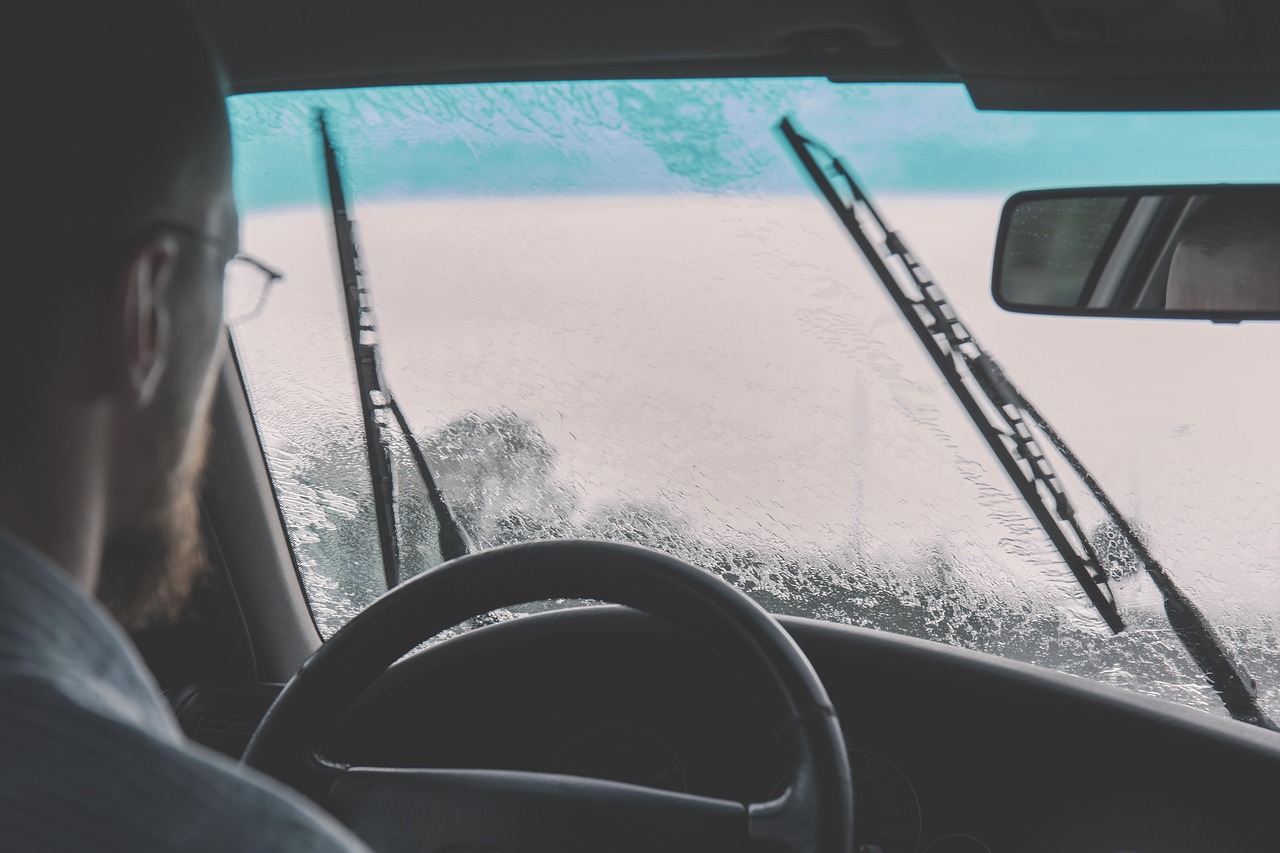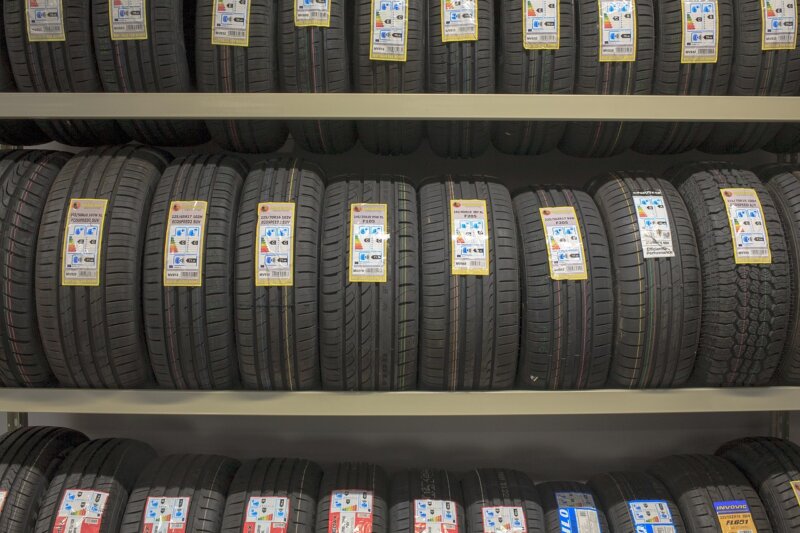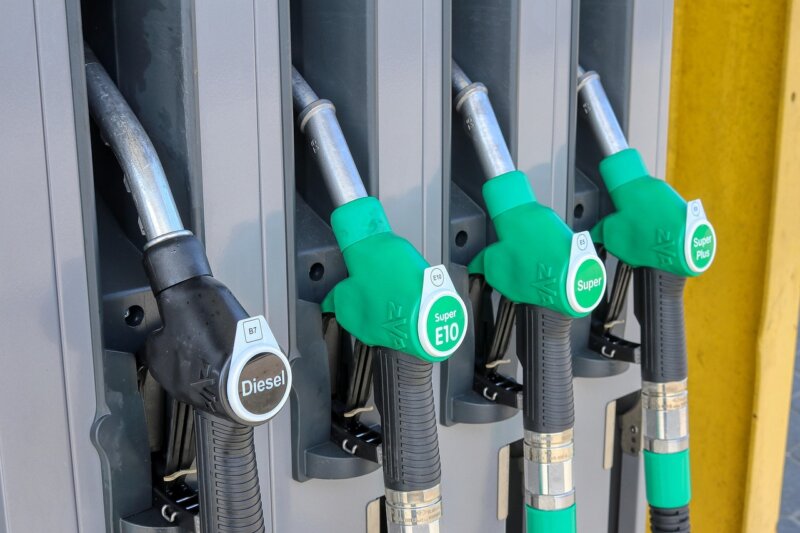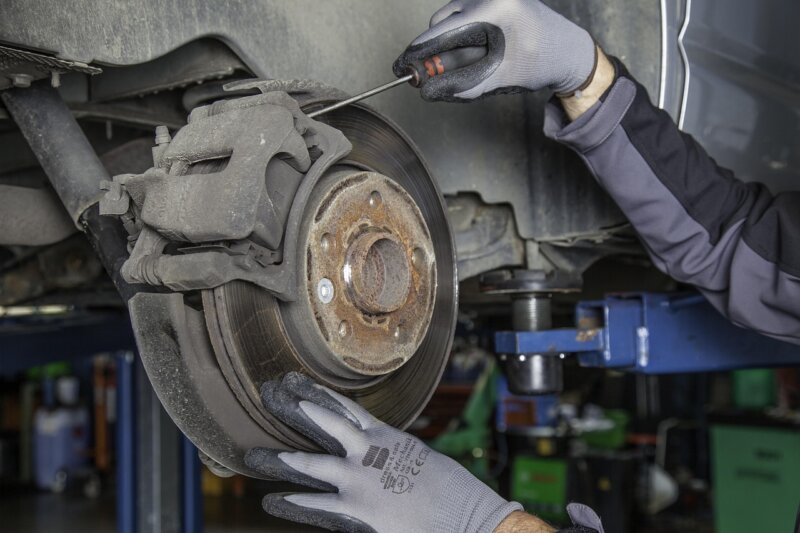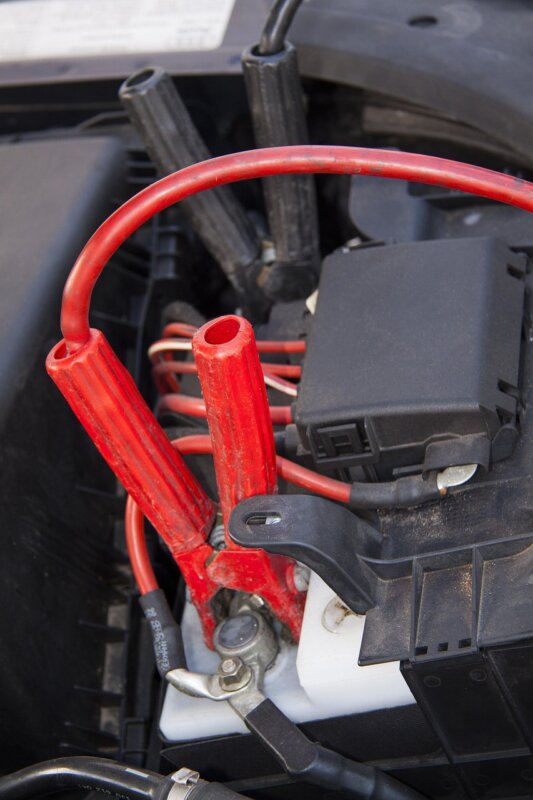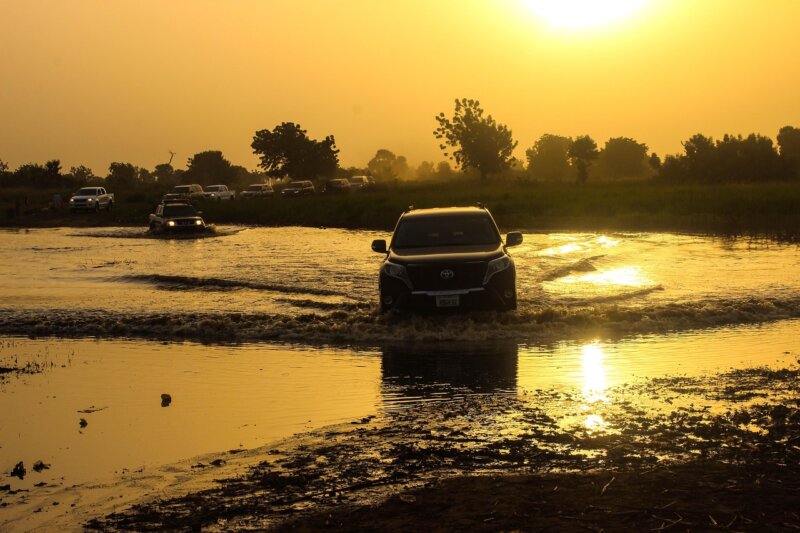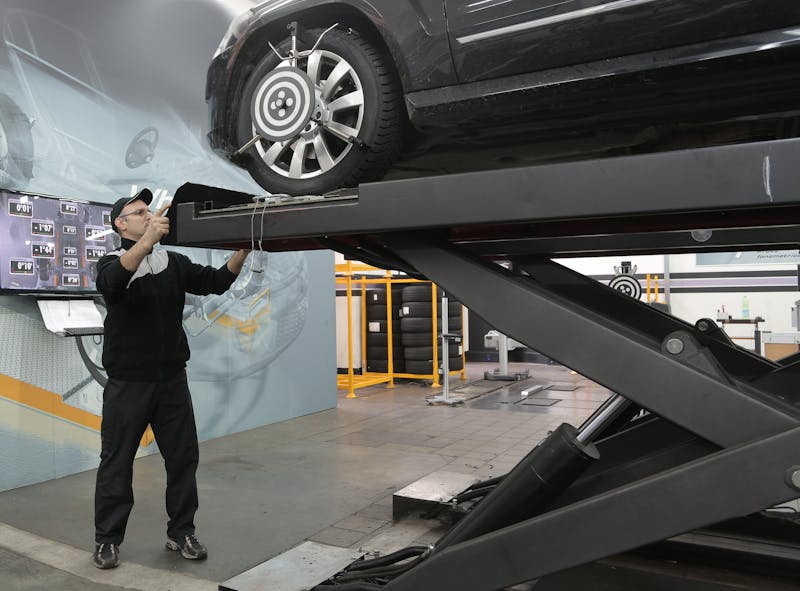A chip or crack raises a fast question. Fix the glass or replace it? Many cars use ADAS Advanced Driver Assistance Systems, which place cameras and sensors near the windshield. Any work on the glass can change those sensors. This guide shows how repair vs replacement affects calibration, and how to keep safety systems working with solid sensor alignment.
Why ADAS Calibration is Necessary After Windshield Repair or Replacement
ADAS Advanced Driver Assistance Systems need precise calibration after windshield repair or replacement. Calibration resets cameras and radar to factory specs. It protects sensor alignment and keeps safety systems accurate. Skipping it can weaken auto glass safety performance.
Ensuring Accurate Functionality of Safety Systems
Features like lane keeping and automatic emergency braking depend on clear vision. After a windshield replacement, even a small tilt can confuse a camera. One degree off can change what the system sees. That can cause late warnings or missed threats.
Proper calibration aligns every camera and sensor to the road. Trained technicians use targets, software, and level floors. Automakers require this to keep warranties valid. Many insurance plans include calibration when linked to auto glass work.
Preventing False Alarms and Malfunctions
Misaligned sensors often cause false alarms. You might see random beeps or error messages. The system could brake late, or steer when it should not. That creates risk for you and everyone around you.
Professional service is the safe choice. DIY fixes do not meet OEM standards and can void coverage. Watch for warning lights, reduced driver assist function, or odd steering behavior after glass work.
- Lane or collision alerts that trigger at the wrong time
- Camera or radar error messages on the dash
- Cruise control that will not engage or drops out
- Steering pull or frequent corrections by lane assist
If any sign shows up, schedule ADAS recalibration soon. It keeps the vehicle predictable in an emergency.
Differences in ADAS Calibration for Repair vs. Replacement
Windshield repair and windshield replacement affect ADAS in different ways. The exact need for calibration depends on damage size, sensor placement, and the repair procedures used. Each step can change how driver assistance features perform.
Factors That Determine Calibration Needs
Several factors guide the decision to recalibrate.
- Type of work, chip repair, full windshield replacement, or collision repair
- Changes to ride height or angles, such as suspension or wheel alignment
- Any sensor fault codes stored by the vehicle
- Glass brand and part number, OEM versus aftermarket
- Road test results after the work is complete
There are two main calibration methods. Static calibration uses floor targets and specialized tools while the car sits still. It usually takes 1 to 2 hours. Dynamic calibration happens on the road under set speeds and weather. That visit can take up to 3 hours.
Many experts suggest an ADAS check every 24 to 36 months. Your automaker may set mileage intervals too. Dealer calibrations often run about $500 to $1,200. An OEM equivalent windshield can cost about $250 to $500 during repairs.
Impact of Chip Repairs vs. Full Replacements on ADAS Sensors
Chip repairs look small, yet they can stress mounting points. The windshield anchors cameras and sensors for ADAS. A hit or a resin repair can shift those parts slightly. That small change can upset sensor alignment and hurt feature accuracy.
Full windshield replacement brings bigger changes. New glass thickness, bracket fit, and camera removal all shift alignment. Most vehicles need complete recalibration after replacement. Skipping this step can lead to false alerts or weak collision avoidance systems.
Key Considerations When Choosing ADAS Calibration Services
Good calibration service confirms that each safety feature works as intended. The process should be careful with no skipped steps. Choose repair services that understand ADAS Advanced Driver Assistance Systems and follow factory guidance.
Importance of OEM Standards
OEM standards outline approved tools, targets, and procedures. Following them keeps system alignment close to factory design. Makers like Ford and Toyota update Position Statements as technology improves. Shops that follow these guides handle insurance claims more smoothly and build trust.
Use OEM parts when possible to protect ADAS performance. Non-OEM parts can cause poor fit and false alerts. Features like lane assist and auto braking depend on exact glass and brackets. Check the automaker website or trusted industry sites for current instructions.
Verifying Calibration Accuracy
Many shops say they meet OEM guidelines. It pays to verify. Providers such as Auto Glass Now, Inspector’s Auto Appearance in Flagstaff with over 30 years of experience, and Blue Ridge Auto use certified technicians and manufacturer level tools. Always ask for proof of calibration for your records.
- Printed or digital calibration report with pre and post results
- No warning lights after a test drive
- Driver assistance features respond in a normal way
- Straight steering with no odd pulls or jitters
Blue Ridge Automotive lists a 24 month or 24,000 mile warranty on related work, along with diagnostics and repairs. Keep copies of all reports and invoices. Good documentation protects safety and supports any future claim.
Bottom Line
Choosing between windshield repair and replacement affects ADAS calibration. Keeping cameras and vehicle sensors aligned protects safety systems and performance. A small chip repair may have little impact, but always check. A full windshield replacement almost always requires precise recalibration of every sensor.
Skipping recalibration raises the chance of false warnings or missed alerts from collision avoidance systems. Pick repair services that follow OEM standards and verify accuracy. If any feature behaves oddly after service, stop using driver assist and schedule a check.
This article offers general guidance, not a diagnosis. For safety issues, seek a qualified professional. Careful calibration keeps your vehicle technology sharp and helps you drive with confidence.

